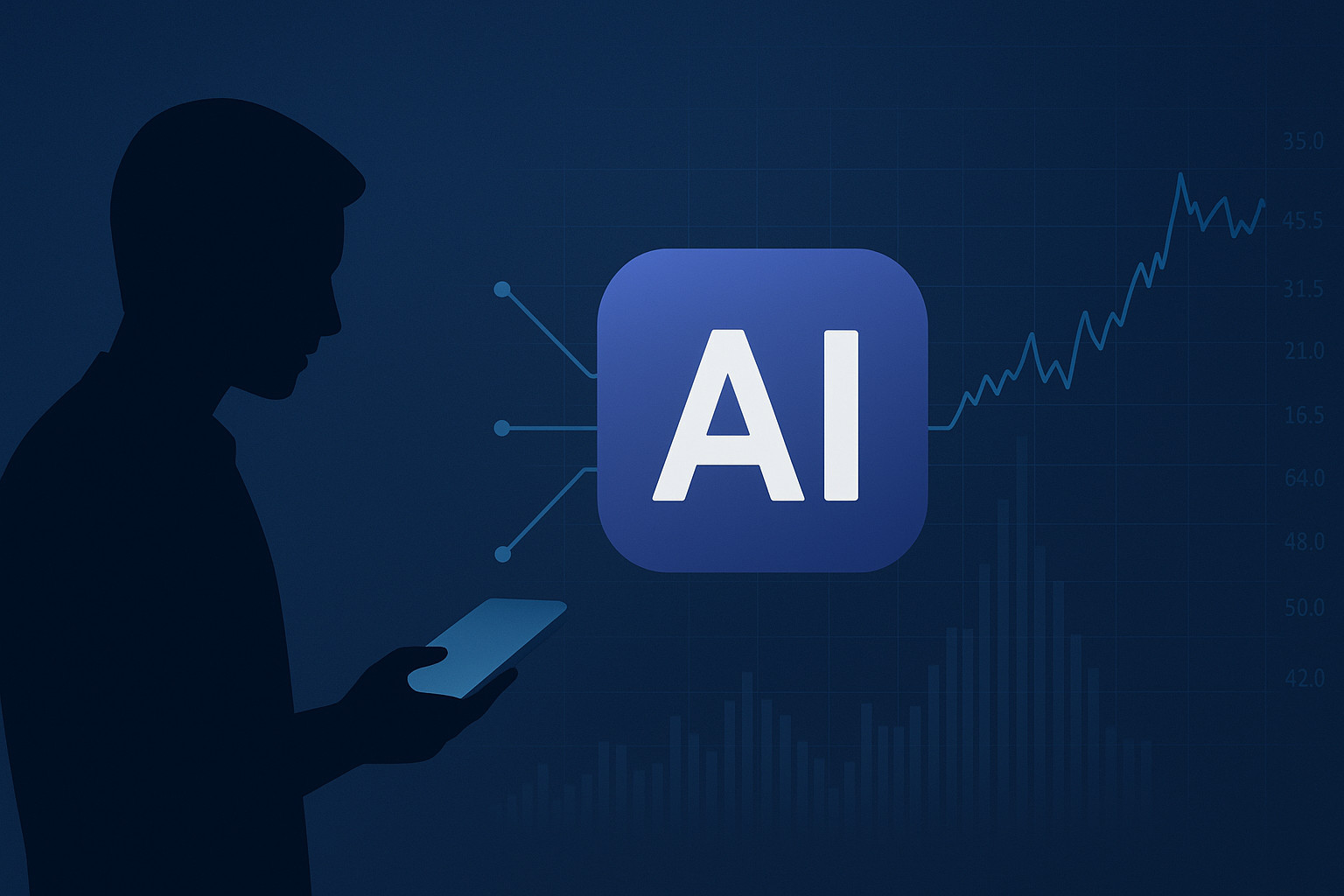3D printed food, also known as food printing or culinary printing, is a process in which food is created using a 3D printer. This technology has the potential to revolutionize the way we produce and consume food, offering a more sustainable and customizable alternative to traditional methods of food production.
To produce printed food, a variety of edible materials, such as powders, gels, and pastes, are used as “ink” for the printer. These materials are then layered and printed into a specific shape or design using computer-aided design (CAD) software. The finished product is a fully-formed, edible item that can be customized to the individual preferences of the consumer.
Table of Contents
3D printed food advantages
One of the main advantages of 3D printed food is its sustainability. Traditional food production methods, such as factory farming and agriculture, can be resource-intensive and have a negative impact on the environment. Food printing, on the other hand, uses significantly less water and energy and produces less waste compared to traditional methods. Additionally, 3D printed food can be produced using locally-sourced ingredients, further reducing the carbon footprint of food production.
Another benefit of food printing is its potential for customization. Consumers can choose the exact ingredients, flavors, and textures of their food, allowing them to tailor their meals to their specific dietary needs and preferences. 3D printed food also has the potential to provide a solution for people with food allergies or intolerances, as it allows for the creation of allergen-free dishes.
Still in the eraly stages
Despite these potential benefits, 3D printed food is still in the early stages of development and there are several challenges that need to be addressed before it becomes mainstream. One of the main challenges is the limited variety of ingredients that can be used in the printing process. Currently, most 3D printed food is made using simple, pureed ingredients that have a similar consistency to cake batter or cookie dough. However, as the technology advances, it is likely that more complex ingredients will become viable for use in 3D food printing.
Another challenge is the cost of 3D food printers, which are currently quite expensive and may not be accessible to the average consumer. However, as with any new technology, it is likely that the cost will decrease as the technology becomes more widespread.
In conclusion, food printing has the potential to revolutionize the way we produce and consume food, offering a more sustainable and customizable alternative to traditional methods. While the technology is still in the early stages of development and there are several challenges that need to be addressed, it is likely that printed food will become more prevalent in the future.
How AI Can Help You with Online Trading in 2025
The Rise of AI in Online Trading The world of online trading has changed dramatically over the past …
Tech News: What You Need to Know This Week
The tech world is a whirlwind of innovation, disruption, and sometimes, just plain weirdness. Keepin…
Technology Science: Where Innovation Meets Discovery
Technology and science are intrinsically linked, a dynamic duo driving progress and shaping our worl…


